Trade Review: Copper TC/RCs face further pressure in Q3 from tight clean concentrate supply, higher demand
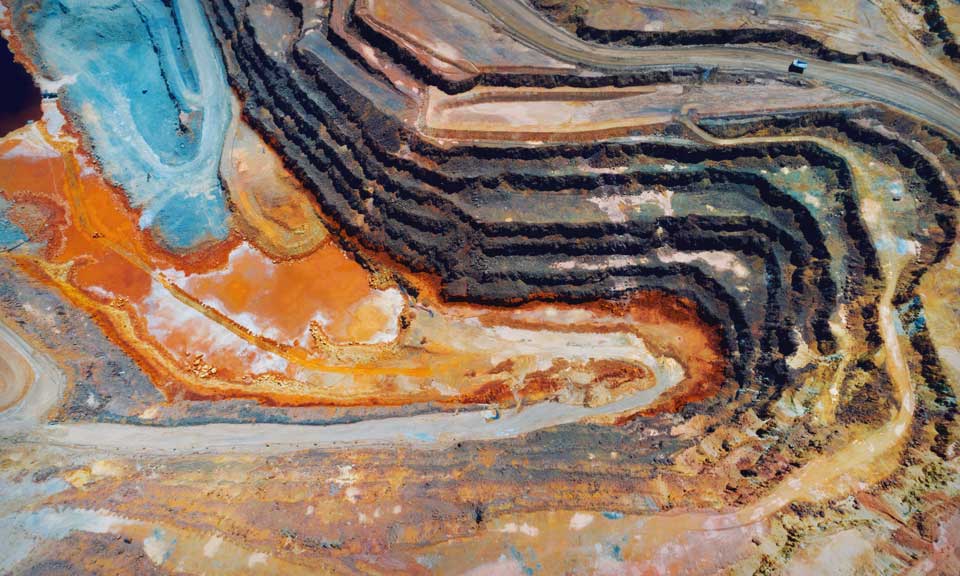
This report is part of the S&P Global Commodity Insights' Metals Trade Review series, where we dig through datasets and digest some of the key trends in iron ore, metallurgical coal, copper, alumina, and steel and scrap. We also explore what the next few months could bring, from supply and demand shifts, to new arbitrages, and to quality spread fluctuations.
Asian demand for copper concentrates will likely be supported in the third quarter by healthy margins and an increase in smelter production capacity in China, while clean copper concentrate output is expected to lag consumption, placing downward pressure on the country's treatment and refining charges.
TC/RCs are fees paid to smelters by mines for converting copper concentrate to copper cathode, and falling TCs signal that copper concentrate supply is tight.
Several Chinese smelters restarted idled production capacities in the second quarter, significantly boosting demand for copper concentrates.
Major Chinese producer Yanggu Xiangguang Copper, with 500,000 mt/year capacity, resumed production in second-half May and was running at 90% of capacity in June, while a number of other Chinese smelters restarted production in June after seasonal maintenance.
Another major Chinese smelter, Daye Nonferrous, with 600,000 mt/year of capacity currently, is expected to start a new 400,000 mt/year production line in August, adding further procurement pressure.
High sulfuric acid prices that supported smelter profit margins in Q2 are expected to continue in Q3, and current market expectations are that smelter production rates will remain high, market sources said.
On the supply side, water shortages and deteriorating ore grades impacted copper production in Chile in the first half of the year, resulting in the country's copper concentrate exports falling 13% year on year over January-May.
Strikes in Peru impacted production at MMG's Las Bambas mine and Southern Copper' Cuajone and Toquepala mines. As a result, some term contracts could not be delivered to buyers in Q2, and both traders and smelters were observed restocking clean copper concentrates due to shipment delays or the cancellation of planned term cargoes.
Although anticipated new copper supply, such as from Peru's Quelleveco mine, could bring some relief to the market, its first shipment has been delayed to August-September due to production difficulties from an initial target of July.
Platts daily clean copper concentrate treatment charge touched a three-month low June 29 at $73/mt CIF China, and was down 14% from April 18, S&P Global Commodity Insights data showed. Concentrate charges are expected to bottom in Q3 before supply picks up again in Q4, sources said.
Demand and supply of #copper concentrate is expected to grow in Q3. Do you think spot copper concentrate treatment charge will fall below $70/mt in Q3?
— S&P Global Commodity Insights Metals (@SPGCIMetals) July 4, 2022
The limited availability of clean copper concentrate since Xiangguang resumed production in May has prompted traders to bid more aggressively in the spot market.
Recovering short physical positions to deliver term contracts, and securing clean concentrates to sell together with blended or non-standard copper concentrates, have resulted in widening spreads between smelter and trader transaction levels.
The Platts producer-trader differential was assessed at minus $14.60/mt June 29, the widest to date in 2022.
Traders were more active in the spot market in Q2, with 33% of spot trades observed to have been concluded by traders over April-June, up from 25% over January-March.
The shortage of standard clean copper concentrate has prompted many smelters to turn to blended or non-standard copper concentrates to fulfill production requirements.
Platts observed 220,000 mt of blended copper concentrates traded in the spot market in Q2, up from 115,000 mt in Q1.
In addition, Mongolian-origin copper concentrates were heard sold to non-traditional buyers in south China in Q2, while Grassberg concentrate with 700 ppm fluorine content was sold to Chinese smelters. Kamoa concentrates from the Democratic Republic of Congo were also purchased by some Chinese smelters in the spot market due to Las Bambas shipment delays.
Large-size smelters bid much higher than offers for clean copper concentrates during Q2 amid ample supply of non-standard copper concentrates, and traders preferred to sell to small- to medium-size smelters.
Smelters generally prefer to buy standard clean copper concentrates when supply is abundant, as the cost to remove impurities can be higher than the TC charge, a smelter source said.
Copper cathode spot liquidity, meanwhile, may still see downward pressure in Q3 despite Shanghai having lifted its lockdown restrictions, as lower copper consumption has also been observed in the West amid a gloomy global macroeconomic outlook.
China's refined copper imports fell 9.3% year on year in April, while London Metal Exchange copper stocks surged 66% to 156,225 mt as deliveries to LME warehouses rose on weak downstream consumption.
As central banks raised interest rates in a bid to tame inflation following the Russia-Ukraine conflict, copper prices on the LME started to decline, falling below $9,000/mt in June. Combined with the lifting of lockdown measures in Shanghai, the import arbitrage finally opened in May, improving spot liquidity.
Import premiums increased fourfold to $80/mt on May 11 from a one-year low of $20/mt on April 1.
While lower copper prices typically boost downstream consumption, market participants were not optimistic about global copper consumption in the second half of the year.
Rising interest rates and high inflation will dampen copper consumption by the construction and home appliances sectors in the US and Europe, sources said.
Demand recovery in China was also unclear during the period, as indicators for the automotive and property sectors, both major consumers of copper, contracted in Q2. This caused Shanghai futures Exchange copper prices to fall below Yuan 70,000/mt June 17, resulting in more hesitancy among buyers.
However, as a strong dollar and weak overseas demand continue to pressure LME copper prices, traders remain hopeful trading activity will pick up in Q3 on the back of stimulus packages rolled out in China to boost consumption.
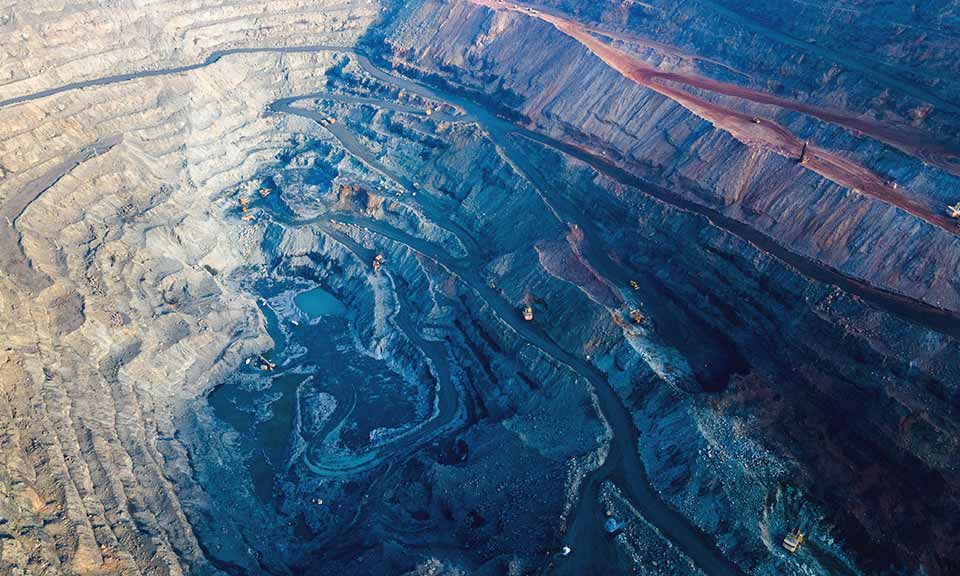
News
Leinster Lithium Project comprised of 23 exploration licenses Several European lithium mining/refining projects set to launch this year UK project developer and battery metals recycler Technology Minerals is to sell its exploration licenses in Leinster, Ireland, to project developer European Lithium. The London-listed company said April 22 the purchase would take place through the sales of 100% of the issued share capital of its wholly owned subsidiary and the owner of its exploration licenses LRH Resources limited. The proposed sale price is $10 million to be settled through the transfer of the equivalent value of shares held by European Lithium in Critical Metals Corp. calculated at 90% of the closing market price of the shares on the day before the signing of a heads of agreement. The shares in Critical Metals will be held in escrow until Feb. 28, 2025. LRH Resources' Leinster Lithium Project is comprised of 23 exploration licenses containing significant lithium bearing spodumene pegmatites. Technology Minerals said it will retain its 100% interest in the Asturmet project in northern Spain. "The agreement is an endorsement of our ability to identify and develop early-stage projects with significant potential," said Alex Stanbury, Technology Minerals chief executive. "It also underscores our strategy to advance early-stage projects up the value curve and attract potential buyers or partners to bring additional value to the company and its shareholders," he added. European Lithium chair, Tony Sage said that the acquisition demonstrates his company's commitment to expanding in the European lithium industry and its ability to identify and secure promising lithium properties. "This also demonstrates the value of our investment in Critical Metals Corp. As we move forward, we can utilize the investment again and again without depleting our cash reserves, he said. European Lithium, an Australia-listed mining exploration and development company is focusing on the development of the Wolfsberg project in Cezch Republic. The company is aiming to be the first and largest local lithium supplier in an integrated European battery supply chain. Several European lithium mining and refining projects are poised to launch commercial operations this year, supported by a push among original equipment manufacturers, or OEMs, to regionalize their battery supply chains and reduce dependence on imported material. On March 18, The European Council adopted the European Critical Raw Materials Act (CRMA) The regulation requires that EU capacities along the strategic raw material supply chain satisfy at least 10% of EU annual consumption of mined material, at least 40% consumption of processed products and at least 25% consumption of recycled material. The regulation also requires that no more than 65% of the EU's annual consumption of each strategic raw material at any relevant stage of processing should come from a single third country. Platts, part of S&P Global Commodity Insights, assessed lithium carbonate at $14,500/mt CIF Europe April 22, unchanged on the month, while lithium hydroxide was assessed at $14,500/mt CIF Europe on March 18, also stable on the month. Platts Connect: News & Insights (spglobal.com)
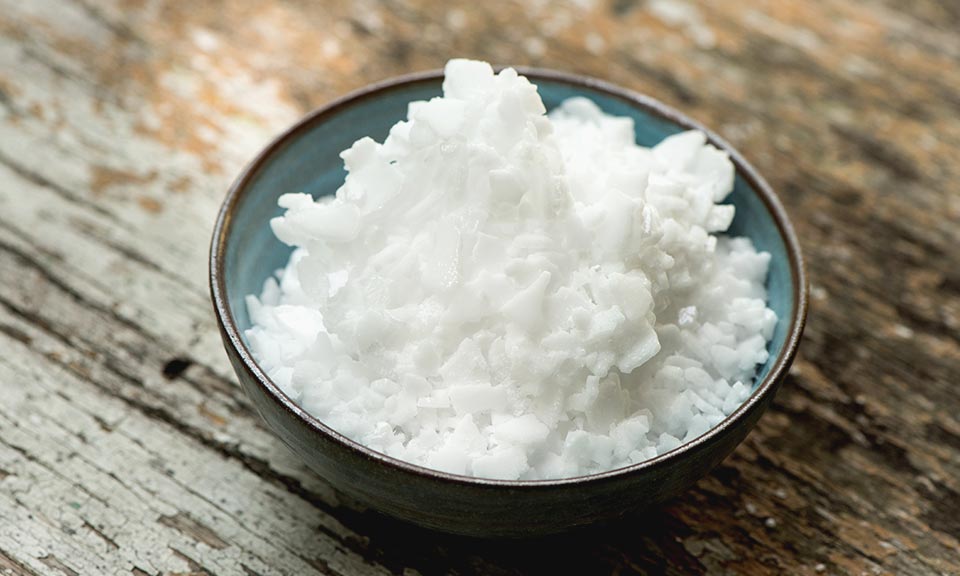
News
Nine-month production up 9.1% on year March quarter sales rise 14.4% on year Sales for 9-month period up 9.3% on year Australia's Pilbara Minerals boosted spodumene concentrate production 20.8% year over year to a record 179,006 dmt in the third quarter of the 2023 financial year, the company reported in quarterly report released April 19. The volume was also up 2% quarter on quarter and brought the nine-month total to 499,200 dmt of spodumene concentrate, 9.1% higher year on year. The company’s financial year runs from July to June. The miner said that, although there had been production challenges early in the March quarter due to adverse weather events and ore supply challenges, the P680 primary rejection facility had achieved nameplate production capacity in the second half, with a monthly production record of 80,000 dmt achieved in March. Besides the expanded production capacity of P680 with no shutdowns, the monthly record was also helped by higher ore lithium head grade and higher lithium recoveries due to operational improvements including the temporary mobile ore sorters. Pilbara said it was temporarily using mobile ore sorters to supplement ore feed and to gather in-field intelligence on the use and optimization of ore sorting technology on mine ore feed ahead of the start of commissioning of the P680 crushing and ore sorting facility in the June quarter. Sales up 14.4% on year Pilbara Lithium’s sales for the March quarter were 165,100 dmt, up 14.4% year on year and up 3% quarter on quarter. The average realized price of the quarterly sales were $804/dmt CIF China, $83.4% lower on the year and down 28% quarter on quarter. Pilbara said the quarterly sales were lower than the production volume due to the timing of shipments, with two totaling 25,900 dmt made during the first half of April. “The company continues to see ongoing customer demand for its product and is not stockpiling production volume,” it said. Sales for the nine-month period totaled 471,400 dmt, up 9.3% on the year, at an average realized price was $1,343/dmt CIF China, down 72.8% on the year. “The pre-auction sale of 5,000 dmt at $1,106/dmt SC5.5 in March reflects the ongoing demand and positive pricing for unallocated production volume,” Pilbara said. Lithium price increases are "feeling material" when looking at the 60 days up to mid-April, Pilbara Minerals' Henderson said. Platts, part of S&P Global Commodity Insights, assessment of lithium spodumene concentrate with 6% lithium oxide content (SC6) has risen 11.3% since the start of 2024 to $1,080/mt FOB Australia April 19. Mid-Stream demo plant project on schedule The company said its Mid-Stream demonstration plant project continued to progress on schedule and budget with detailed design, and was still expected to achieve first lithium salt production in the June quarter of the 2025 financial year. Pilbara’s JV with POSCO, POSCO Pilbara Lithium Solution Co., also completed commissioning activities and started production ramp up for Train 1 of the 43 ,000 mt/year lithium hydroxide monohydrate (LHM) chemical facility in Gwangyang, South Korea, Pilbara said. It said small volumes of uncertified LHM were produced during the quarter as part of commissioning with the ramp-up to full capacity estimated within 12-18 months. The JV also continued major construction works for Train 2 at the plant, with commissioning expected to start during the second half of 2024. Platts Connect: News & Insights (spglobal.com)
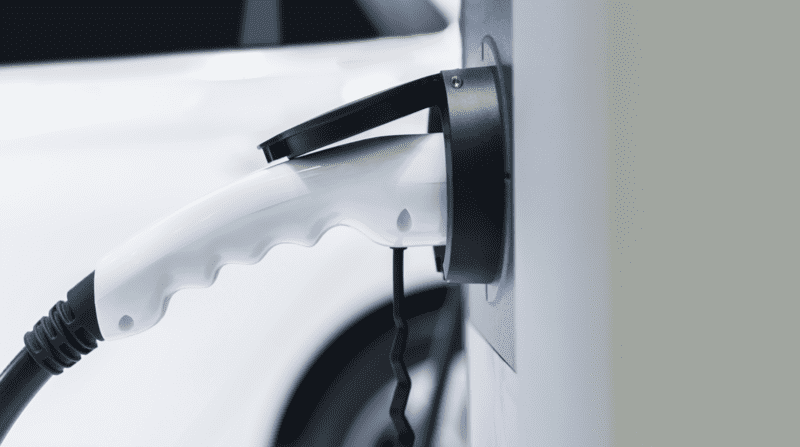
News
Reduced EV sales hits home installations Tailwinds from ZEV mandate expected UK EV sales market share down in March The UK's electric vehicle charging market is facing a challenging outlook due to policy uncertainty and reduced demand for new EVs, EDF-majority-owned charging company Pod Point said April 18. Pod Point's 2023 revenue fell 11% to GBP63.8 million ($80 million) mainly due to a 38% year-on-year decline in home charge point installations to 33,513. Commercial charge point installations fell 10% to 5,231. "The market is likely to remain challenging with increased consumer uncertainty in anticipation of potential changes to UK government policy and ongoing volatility in private new EV demand," CEO Andy Palmer said. There should be "significant tailwinds", however, from the government's zero emission vehicle (ZEV) mandate, Palmer said. The legislation requires auto makers to increase zero emission car and van sales in the overall UK mix from 22% in 2024 to 38% by 2027, 80% by 2030 and 100% by 2035. UK battery electric vehicle registrations in March were up 3.8% year on year to 48,388 units, although, at 15.2%, BEVs' market share was down one percentage point year on year, according to Society of Motor Manufacturers and Traders data. National Grid ESO estimates there will be up to 37.4 million EVs on UK roads by 2050, up from just over 1 million as of end-March (not including 645,000 plug-in hybrid EVs). Pod Point CFO David Wolffe said the company expected the mix of vehicles to continue to shift to EVs on the back of more choice for consumers, "with more new battery electric models expected to be launched in 2024 at more accessible price points." A potential constraint, however, could be the UK's behind-schedule power network expansion. "The addition of an EV typically will double a household's electricity usage. This is a huge challenge at the national level. In parallel with this, there has been rapid growth in the contribution of wind and solar power to our national grid, which are both more volatile," Wolffe said. On the plus side for Pod Point and EDF, these factors may double the value of the grid flexibility market by 2030 to around GBP4 billion. The vehicle-to-grid concept sees EVs helping network operators balance their systems. "Pod Point has already established itself as an emerging player in this exciting market, delivering revenue and profit in 2023. We have delivered flex in two markets during 2023 and have signed multiple partnerships with key players, including EDF, Centrica and UK Power Networks," it said. Platts, part of S&P Global Commodity Insights, assessed battery grade lithium carbonate and hydroxide assessments at $14,500/mt CIF Europe on April 17, stable in recent weeks but down from $15,900/mt in early January. Platts Connect: News & Insights (spglobal.com)
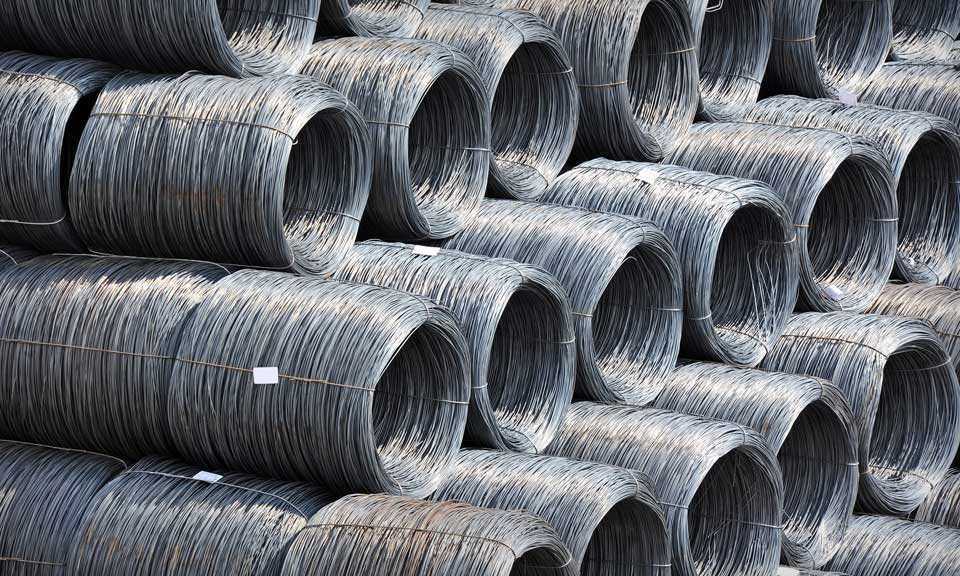
News
China's property sector has been in shambles over the past few years and remains the biggest drag on domestic steel demand. The property market has trended downwards in the first quarter of 2024. With no major recovery signs in new home sales, China’s new home construction starts are likely to remain on the downwards trajectory in the foreseeable future. The slowing property sector has triggered debt risks locally, leading Beijing to order local governments to downsize infrastructure projects, which has also undermined the growth momentum in infrastructure steel needs, adding to the demand slump. Click here to see full-size image